Tonnesen Music Roll Perforator & Reader
Music Roll Reader &
Perforator
Custom Music Rolls, Richardson
TX
by Richard
Tonnesen (990508 MMDigest)
The reader and punch were completed in 1979 and were operated by an
Interdata 7/16 minicomputer that had 16K of core memory. Now, the
real time control programs run on a single board computer located in the
reader and punch electronic package. The real time computer gets
or sends roll data to the master reader or punch program running on a Macintosh.
Richard Tonnesen <rtonnesen@attbi.com>
Custom Music Rolls
903 Sandalwood Ave.
Richardson, TX 75080 USA
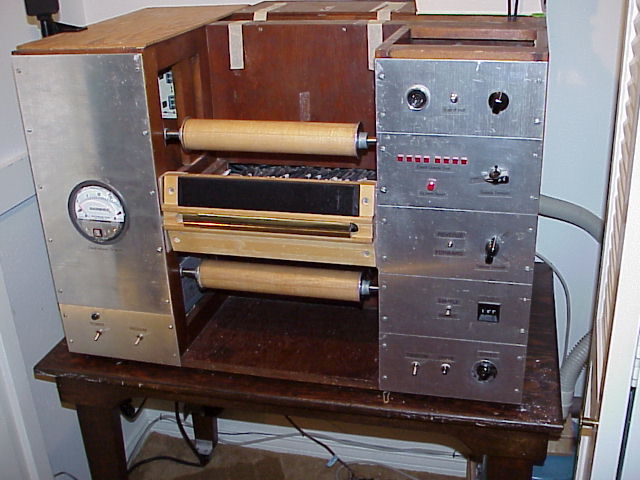
Figure 1. The music roll in the transcribing assembly is moved
by rotating identical capstans above and below the tracker bar. The
paper wraps about one-quarter turn around each rubber-coated capstan; a
pressure roller is not used. 100 hoses from the brass tracker bar
connect to vacuum operated pneumatic pouches which operate tiny wire switch
contacts. A rotating shutter connected to the paper drive system
interrupts a light beam at each 0.022 inch of paper travel. This
signal causes the electronic commutator circuit to read the state of the
pouch switches. The transcriber system has been in continuous use
since 1979, and it requires no more maintenance than a well-maintained
player piano. |
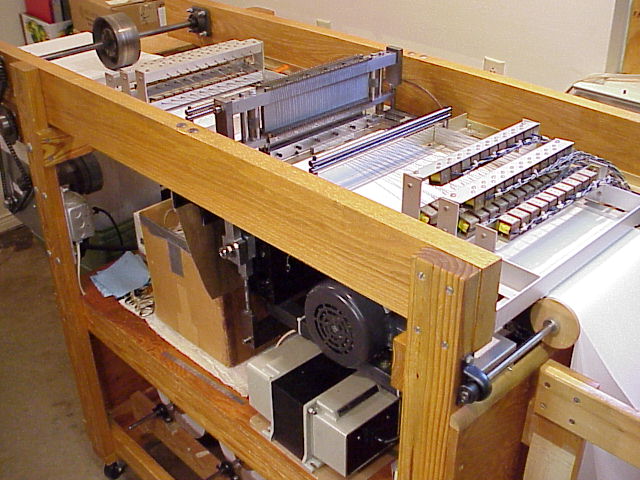
Figure 2. The perforator assembly. A bank of 50 solenoids
is at each side of the punch assembly. The end of the main crankshaft
can been seen to the left of the main drive motor. Below the motor
is the isolation transformer. I had to add it to keep the motor starting
transient from crashing the computer in the punch. Five or six sheets
of paper are pulled by two crown-faced iron pulleys which are held
against the paper (and each other) by two screws that mash the bottom pulley
against the top one. The 3/4-inch pulley shafts become slightly bowed
from the force! Since the paper advance per step is small (.022 inch)
it is not necessary to stop the capstan drive while punching -- the paper
simply stretches slightly. |
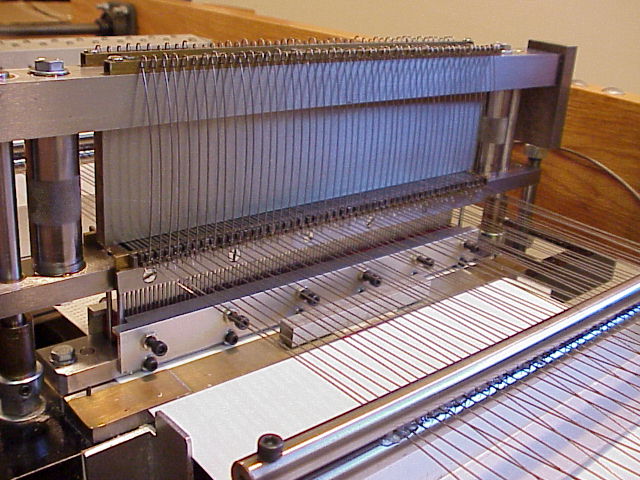
Figure 3a. The punch assembly. Wires from the solenoids
pull the interposers into the gap between the punches and the oscillating
ram. The vertical wires are return springs. |
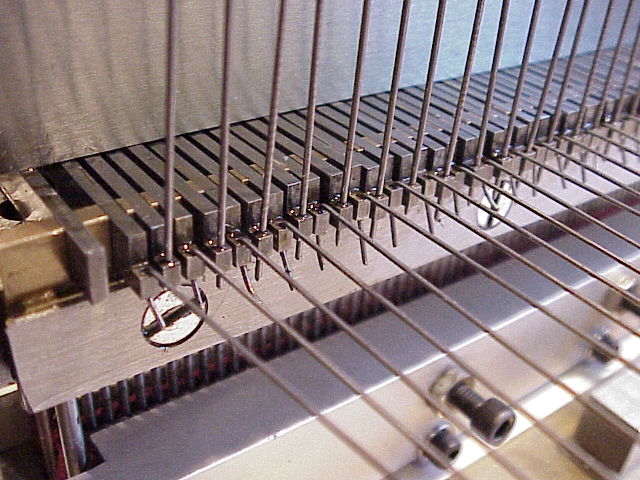
Figure 3b. Close-up of the punch assembly, showing the pull wires
alternating with the return springs. |
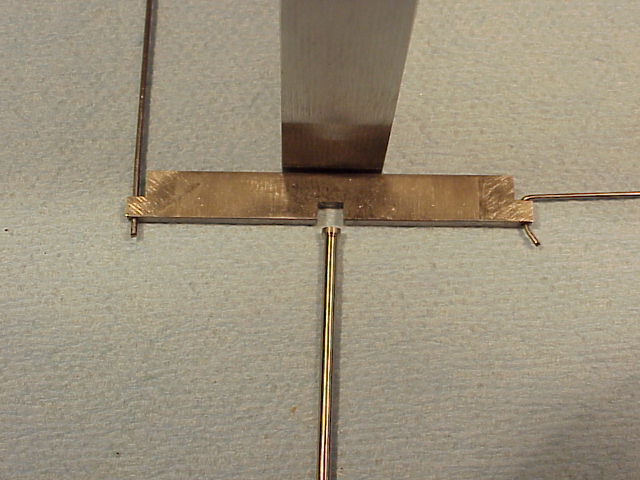
Figure 4. Interposer bar detail. The interposer bar is
shown with centering spring on the left and pull wire on the right.
The bar at the top of the interposer bar represents the punch ram that
pushes the interposer bars and punches down on the down stroke of the punch
cycle. The notch in the interposer is aligned with the head of the
punch as it normally is at the start of a non-punching down stroke.
The punch head slips up into the notch on the down stroke, and therefore
does not get pushed down far enough to penetrate the paper. To punch
a hole, the interposer bar is pulled to the right so that the solid part
of the bar is over the punch head. This forces the punch down and
through the paper on the down stroke. On the up stroke, the whole
interposer assembly is lifted. This causes the punch heads to seat
in a recess in the interposer support bar. This allows the solenoids
or the return springs to move the interposer without having the bar catch
on the punch head as it moves to its new position. |
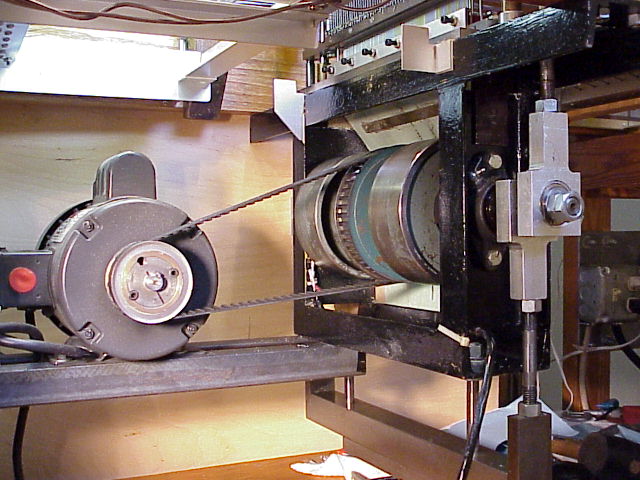
Figure 5. This picture shows the perforator drive motor and the
main crankshaft, with flat face iron pulleys for flywheels. The square
counterweight bar at the bottom, below the crankshaft, weighs the same
as the punch ram in the upper assembly. The counterweight is moved
the same distance as the ram on each rotation of the crankshaft, but it
is 180 degrees out of phase to cancel the vibration. The main shaft
turns at fifteen revolutions per second. |
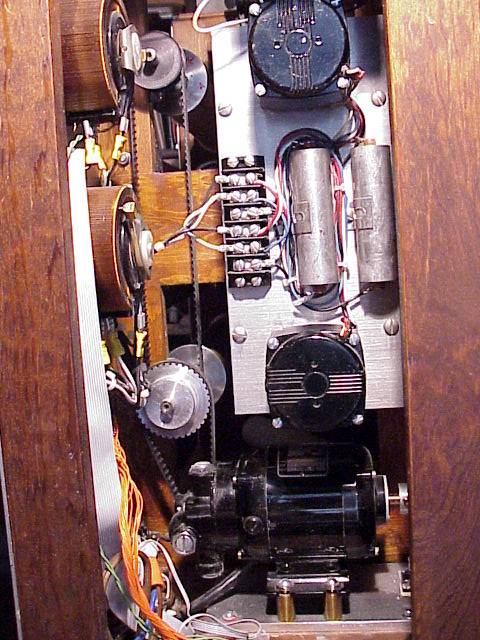
Figure 6. Reader paper drive. This photograph is taken looking
in the right side of the reader. Two AC torque motors are mounted
on an aluminum plate. Both apply torque to turn clockwise as seen
from this end. The upper motor has a low voltage applied, and supplies
pay-out tension to the supply spool as it unwinds against the torque.
The lower motor turns the take-up spool clockwise. It is operated
at nearly maximum torque because it drives a much larger diameter spool.
Driving this spool clockwise increases the angle of wrap around the lower
capstan roller, and provides an increasing angle of wrap as the take-up
spool gets full during the reading process. This helps prevent paper
slipping on the capstan. The variable transformers to the left provide
power to the torque motors. The paper is pulled by the capstan rollers.
These are driven by the variable speed DC motor at the bottom. It
drives the lower capstan by a toothed belt. That capstan drives the
upper capstan via a second toothed belt and equal sized pulleys. |
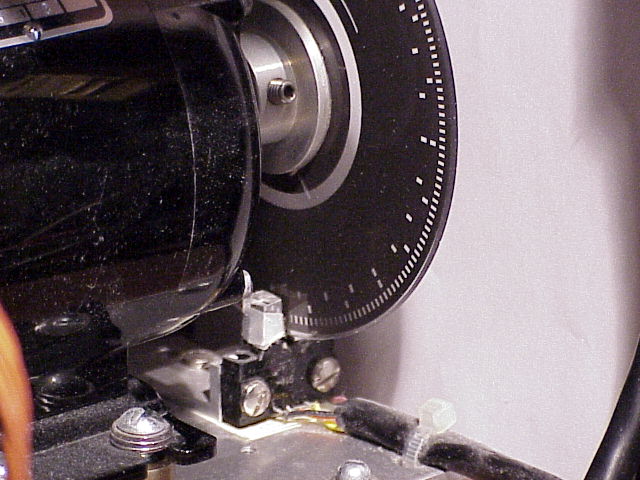
Figure 7. Paper Motion Clock. This close up of the variable speed
DC motor shows an optical disk attached to the end of the armature shaft.
This disk interrupts the light passing between the arms of the sensor mounted
at the bottom. This sensor generates corresponding electronic pulses
which are related to the paper motion. The pulses control the sampling
of the reader contacts so that the sampling distance is equal to the step
advance on the punch. Thus the paper may be driven at any speed or
be stopped and restarted, and still be sampled at exactly the selected
spacing. |
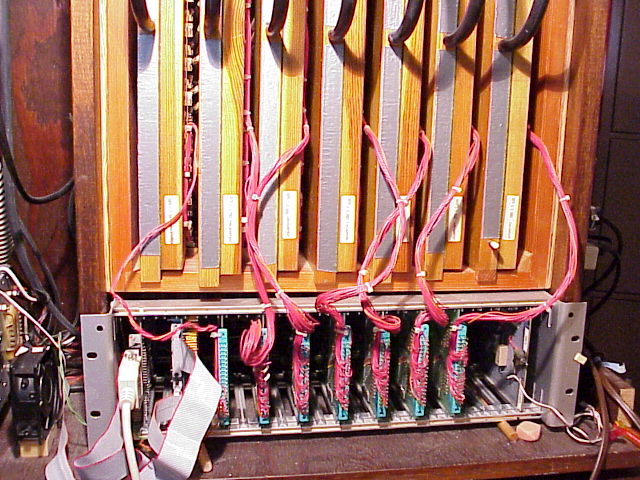
Figure 8. Back of Reader. The wooden contact blocks at the top
were the very first part of the whole project to be built. Vacuum
is supplied to each block through a manifold at the top. Tubes from
the tracker bar enter the front side of the blocks. Red wires from
the contacts are routed down the back to the electronic boards. A
small single board computer at the left generates scanning signals to read
the state of the contacts. If a change of state is detected,
the computer generates an ON or OFF event code for the appropriate channel.
These events are queued in the computer until they can be sent to the reader
program in the control computer, which eventually writes the output file
on disk. |
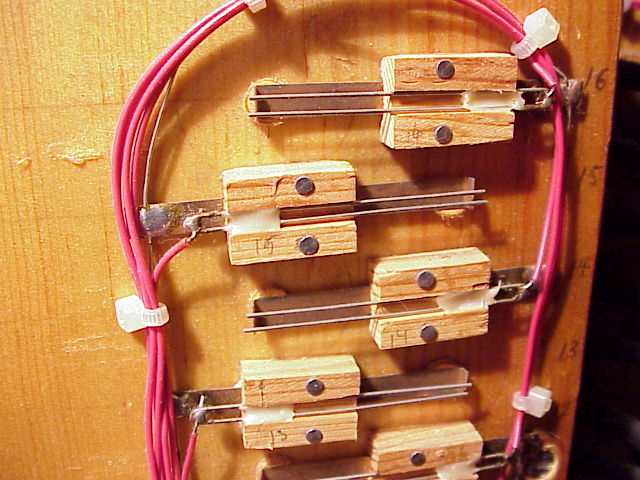
Figure 9. Close-up of reader contacts. Each tube from the tracker
bar is connected to a one inch diameter pouch in the lower part of the
block. The pouch pushes up on a 1/8 inch wooden dowel which slides
up through a brass tube in the top block. A 1/4 inch leather disk
is glued to the top of the dowel on the outside. The contact assemblies
are mounted on the outside of the pouch boards where the wooden dowel pushes
the lower contact up against the upper one. The contacts can be cleaned
and adjusted as needed. The lower contact is 3/16 inch phosphor bronze.
It provides the restoring force to the pouch. The upper contact is
a U shaped piece of silver wire. When the contacts are closed, the
lower part and the upper part have a different radius. This provides
a scraping motion at the point of contact, which helps keep them clean.
The contacts are operated at 21 volts DC. |
18 May 1999, 6 November 2002
|
 Gallery
Gallery
 Pictures
Pictures
 tonnesen
tonnesen









